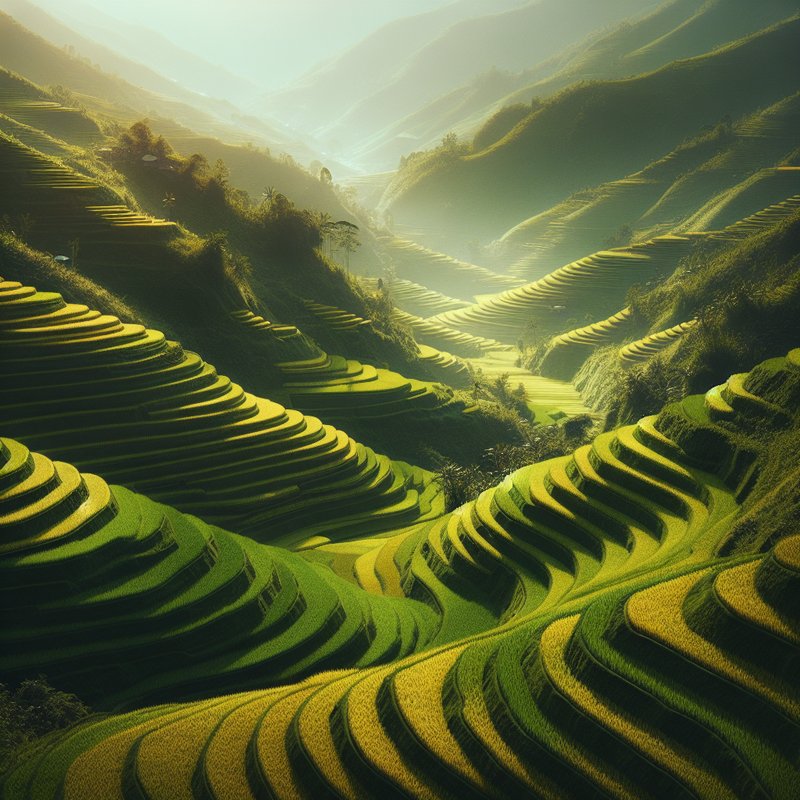The Cultural Significance of Rice Terraces

Rice terraces are more than just agricultural feats; they are a testament to the cultural heritage of Vietnam. Historically, these terraces have been essential to the livelihoods of various ethnic minorities in the northern regions. Each terrace, carved intricately into the mountainside, narrates stories of perseverance, harmony with nature, and the shared communal spirit.
Furthermore, rice terraces in Vietnam are often the backdrop for traditional festivals and rituals. These events celebrate harvest times and pay homage to the deities believed to protect the crops. Visitors can witness vibrant cultural performances, traditional attire, and age-old customs that have been preserved through generations, offering a glimpse into the rich tapestry of Vietnam’s cultural heritage.
Agricultural Practices and Techniques

The creation and maintenance of rice terraces require remarkable ingenuity and labor. The process begins with choosing the right slope and ensuring a reliable water source. Farmers use traditional techniques passed down through generations, which involve precise calculations and an intimate understanding of the local environment.
In addition to traditional methods, modern advancements have also been integrated to improve efficiency and yield. However, the essence of rice cultivation remains deeply rooted in ancestral wisdom. This blend of old and new practices showcases the adaptability and resilience of Vietnamese farmers, who continue to uphold their heritage while embracing progress.
The Scenic Beauty of Rice Terraces

Beyond their cultural and agricultural significance, rice terraces offer some of the most stunning landscapes in Vietnam. From the verdant greens of the planting season to the golden hues of harvest time, the terraces present a picturesque view that captivates travelers and photographers alike. Each season transforms the terraces into a natural canvas, showcasing the ever-changing beauty of the Vietnamese countryside.
Popular destinations such as Sa Pa, Mu Cang Chai, and Hoang Su Phi are renowned for their spectacular rice terraces. These areas provide opportunities for trekking, photography, and immersive cultural experiences. The breathtaking vistas and the serene ambiance make rice terrace regions a must-visit for anyone looking to explore Vietnam’s natural beauty.
Preservation and Sustainable Tourism

While the rice terraces are a significant draw for tourists, it is crucial to promote sustainable tourism practices to preserve these landscapes. Efforts include encouraging eco-friendly accommodations, supporting local communities, and educating visitors on the importance of conservation. Sustainable tourism not only protects the environment but also ensures that the cultural and agricultural heritage associated with rice terraces is maintained for future generations.
Several initiatives have been introduced to balance tourism and preservation. Programs involving local guides, community-based tourism projects, and conservation campaigns have shown positive impacts. By engaging with these efforts, tourists can have an enriching experience while contributing to the preservation of Vietnam’s iconic rice terraces.

Leave a Reply